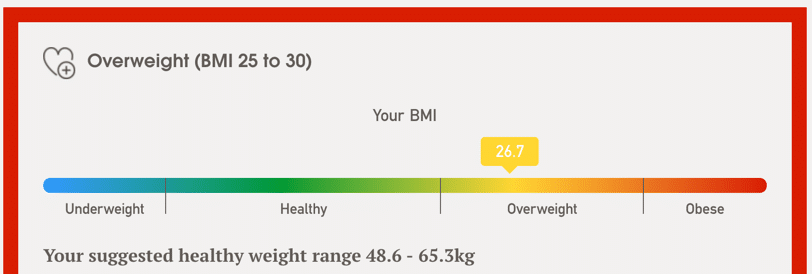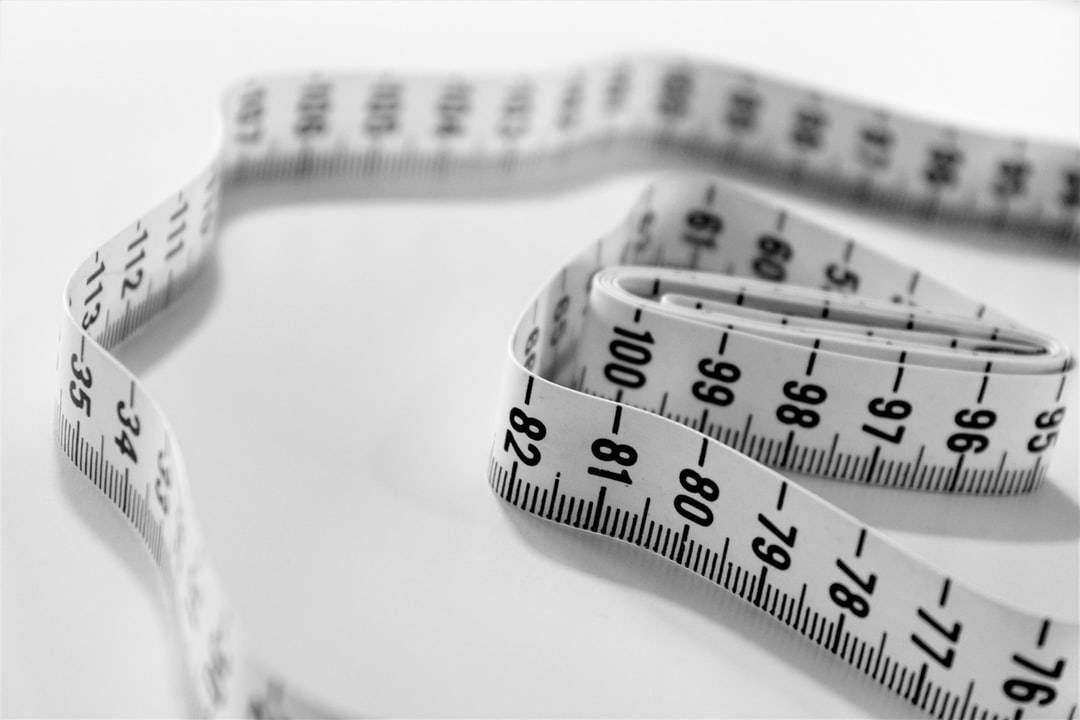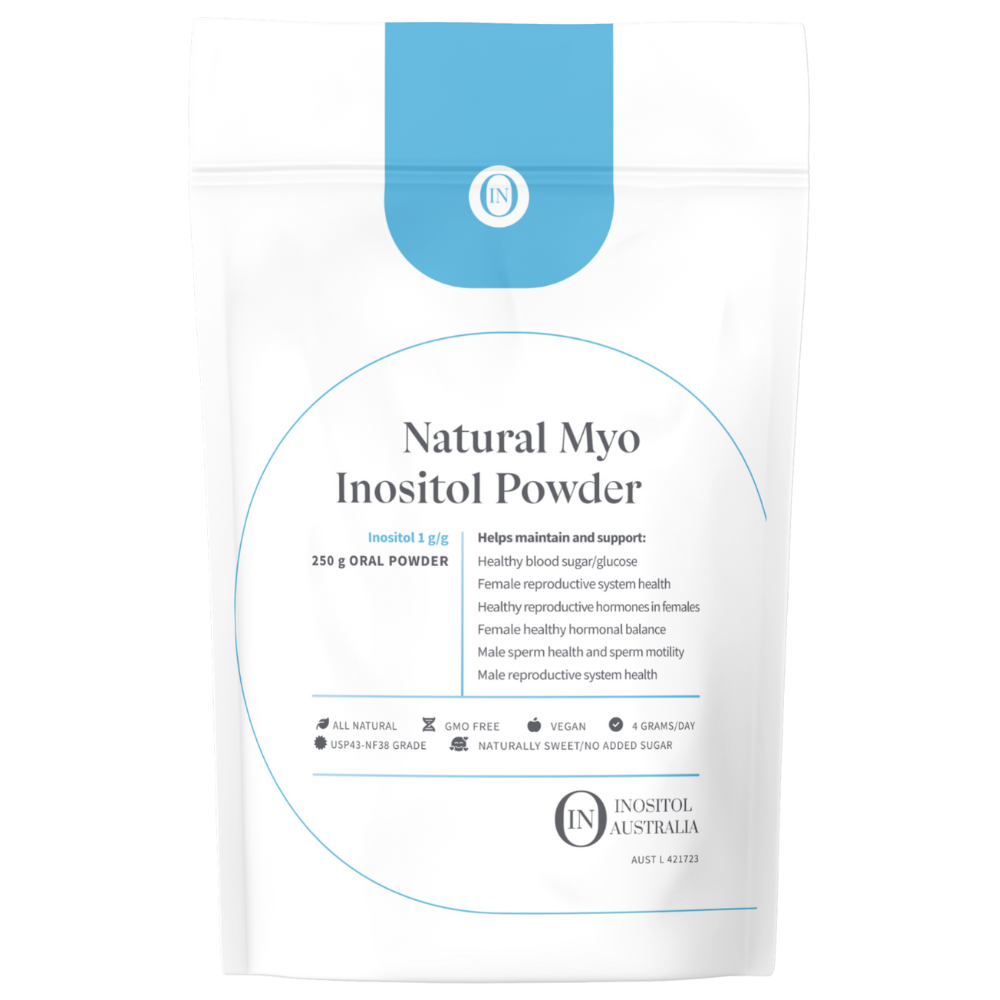Get Healthy Mini Video Course - Diet Video
ChatGPT Macro Calculator Prompt
“I want you to act as my personal nutritionist and help me understand my daily calorific needs and macro nutrient grams per day using the Harris-Benedict Equation.
I want you to introduce this formula to me and explain what is included in the calculation, then ask me questions to gather the information one step at a time.
Explain the context of what you are asking me for. Pause between each step to give me time to give the answer.
Output a 4 column table that lists Macronutrient, Grams / Day and Calories for Protein, Fat, Carbs and a total plus the % of daily calories for each macronutrient.
Then ask me about my meal preferences and devise a suggested weekly meal plan and shopping list for 7 days of eating.”
PCOS Diet – What does the International Evidence Based Guidelines Say?
The most important pcos diet question is “in women with PCOS, are diet interventions effective for improving weight loss, metabolic, fertility and emotional wellbeing outcomes” ..
..the International Guidelines for the Assessment and Management of Polycystic Ovary Syndrome 2018 recommend that there needs to be a diet that has a caloric deficit for the purposes of losing weight.
But what foods can I eat with PCOS?
Well again the evidence based guidelines say there are no special diet type recommended. It need not be macro nutrient rich or poor. Eg High fat, low fat, low carb , high protein etc.
“There is no evidence to support any one type of diet composition over another for anthropometric, metabolic, hormonal reproductive or psychological outcomes.” – International evidence-based guideline for the assessment and management of polycystic ovary syndrome 2023
What foods should I eat with PCOS?
There are no specific foods to eat on the PCOS diet. No specific breads. No specific fruits. No specific anything other than eating healthy.
Our Family GP recommends the CSIRO diet as a good plan to follow. We also have a post that lists up the inositol milligrams per serve of food here.
“Tailoring of dietary changes to food preferences, allowing for a flexible, individual and co-developed approach to achieving nutritional goals and avoiding unduly restrictive and nutritionally unbalanced diets are important” – International evidence-based guideline for the assessment and management of polycystic ovary syndrome 2023
You can use our Daily Marco Calculator to work out a daily caloric target based on your preferences. (Macro counting is only a short term tool to see where you are at.)
We need to achieve a calorie deficit but it may be more important to change our environments, rather than the mix of macronutrients in our diets.
Think about what is in your house that shouldn’t be there (eg chips & chocolates) and remove them or what is missing from your environment that should be in there (fruits & vegetables) and add them.
Try the 5s method
1. Seperate – take everything out the pantry or space.
2. Sort – decide what is good, bad or a sometimes treat.
3. Shine – give everything a clean
4. Standardise – buy organisers, trays, etc and make dedicated spaces for the good stuff that are easy & convenient. Middle shelves at front. (Bad stuff gets top or bottom shelves at the back in time locked jars)
5. Sustain – establish regular 5S checks on your practices. Eg start of the new month or season. Are you doing what you want & does your environment contain what you want in it.
Let’s look at an example. Say you are 162 cm tall and weigh 70 kg the Australian Heart Foundation would say that a healthy weight range is 48.6 – 65.3 kg based on your Body mass Index.
What is an alternative to Body Mass Index (BMI)?
BMI is getting a bit outdated and this calculation may look unrealistic to you. A more modern calculation is RFM or Relative Fat Mass.
According to the American Council On Exercise, a healthy body fat percentage for men is under 32% for women. (Under 25% for men).
You can calculate your RFM% using the Messenger RFM calculator here. No need for fancy scales or pinching callipers, just needs your waist measurement and height.
When you know where you are at, eat a sensible PCS diet each day, you can compare your progress, this week compared to last week or against the benchmarks in the table below.
What body fat percentage should I aim for?
So if you know where you are at, you are eating a healthy pcos diet that matches your lifestyle choice, not a fad and now you want to set a realistic goal to achieve.
We would suggest one level down from where you currently are at. A healthy relative fat mass for women is under 32% and under 25% for men.
If you are currently obese 2 aim for obese 1. Achieve that and keep going. Don’t set a goal to far away and hard to achieve. Give yourself the milestones to celebrate along the way.
Description Women Men
Essential fat 10–13% 3–5%
Athletes 14–20% 6–13%
Fitness 21–24% 14–17%
Average 25–31% 18–24%
Class 1 Obesity 30%+ 34.9%+
Class 2 Obesity 35%+ 39.9%+
Class 3 Obesity 40%+ 80%+
We hope this clears up some myths and gives you some concrete actions to take to improve your health.
If you like this article please share with a friend or if you have any comments please let us know below.
References:
Teede, Helen et al. “International evidence-based guideline for the assessment and management of polycystic ovary syndrome 2018.” Monash University, (c) Monash University on behalf of the NHMRC, Centre for Research Excellence in PCOS and the Australian PCOS Alliance 2018, February 2018, monash.edu/medicine/sphpm/mchri/pcos. Accessed 22 Aug 2019.
Author Unknown. “BMI Calculator.” Home | The Heart Foundation, National Heart Foundation of Australia, (c)2005/12/14, https://www.heartfoundation.org.au/your-heart/know-your-risks/healthy-weight/bmi-calculator. Accessed 22 Aug 2019.
Author Unknown. “Body fat percentage.” Wikipedia, last edited on 1 August 2019, at 14:27 (UTC)., https://en.wikipedia.org/wiki/Body_fat_percentage . Accessed 22 Aug 2019.
-
Sale!
Natural Myo Inositol for PCOS / Hormonal Balance
$ 36.50 – $ 204.00 Select options This product has multiple variants. The options may be chosen on the product page





